With multiple lenses, advanced software and gargantuan amounts of megapixels, the cameras built into the very latest smartphones are beginning to seem even more advanced than some ‘proper’ cameras.
While it’s certainly true that camera phones are getting a lot of innovation it’s important to remember that engineers trying to squeeze as much performance as possible from these small, flat devices do have their hands tied. Small sensors are the rule here, and in no way can they compete with DSLR and mirrorless cameras. That goes double for ‘Night Modes,’ which are being heavily trailed on the newest smartphones but can’t (yet) compete with dedicated astrophotography cameras.
More astrophotography tips
However, along with larger aperture lenses, the quality and sensitivity of the sensors in smartphone cameras are improving each year and we’ve already got to a stage where flagship phones can take respectable images at night. There are even smartphones that boast huge zooms and even claim to be able to take close-ups of the moon, though these use digital zoom. That means, essentially, that the software is cropping a regular image. Luckily, that software is getting better each year and can now produce relatively clean shots. See our guide on smartphone astrophotography to learn more.
Here at Space.com, we’ve cast our eye over the market for the best camera phones and rounded up the very best for general photography, including Night Mode and low-light imaging. You’ll find everything from the very latest and priciest flagship phones from Apple and Samsung to contenders from the likes of Google, Huawei and OnePlus. We’ve also included a few camera phones that may not be right up there, but offer something that might suit you better than one of the flagship handsets. The latest phones can be crazy expensive, and you don’t always have to pay thousands of dollars to get a great camera phone.
If your aim is top-notch astrophotography then none of these camera phones are going to delight you, but for casual night sky shots and for all-round photography they will do a decent job.
Best camera phone overall
Apple’s 6.7-inch flagship smartphone is, as usual, right at the cutting edge. This one has bigger sensors than ever, so can produce brighter photos even in low light and at night. Its excellent Night Mode makes decent images of the night sky possible, including the aurora borealis if you can get yourself to the Arctic Circle.
Night Mode automatically kicks in when it’s dark, just like the built-in high dynamic range (HDR) mode for all photography. Simplicity is complemented by advanced hardware, too. You’ll find three rear cameras, wide, ultra-wide and telephoto, with the latter boasting a 3x optical/15x digital zoom. Selfies and video calls are high resolution and so is video, with stunning 4K 60 frames per second quality possible.
Best Android smartphone camera
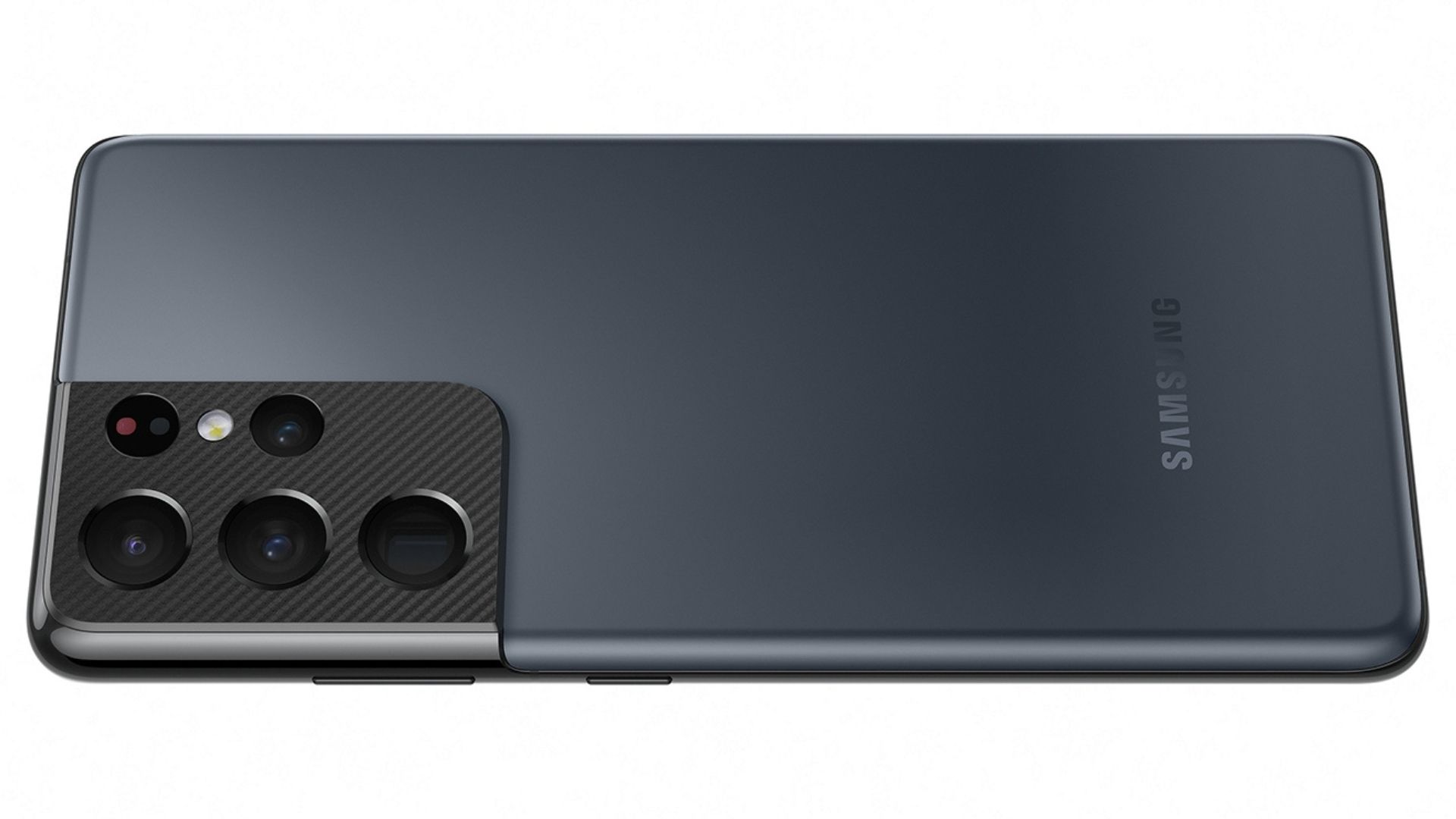
Is this the best Android camera phone? Yes, it is – and a large part of why is its incredible 108-megapixel image sensor.
Although you can take ultra-high resolution images if you want to, that massive megapixel capability is really there to improve images taken in low-light. What the 6.8-inch Galaxy S21 Ultra does is take nine separate 12-megapixel images and then loses the ‘noisy’ pixels to create a cleaner and more detailed image. You can also use that sensor to take pure 108-megapixel images, but why would you need to do that? Especially since its maximum built-in storage of 512GB can’t be upgraded. More interesting for photographers are the 10x optical and whopping 100x digital zoom, which can be useful if you put the Galaxy S21 Ultra on a tripod.
We are still waiting to test the new Galaxy S22, and will add it when we have spent enough time with it.
Best for optical zoom
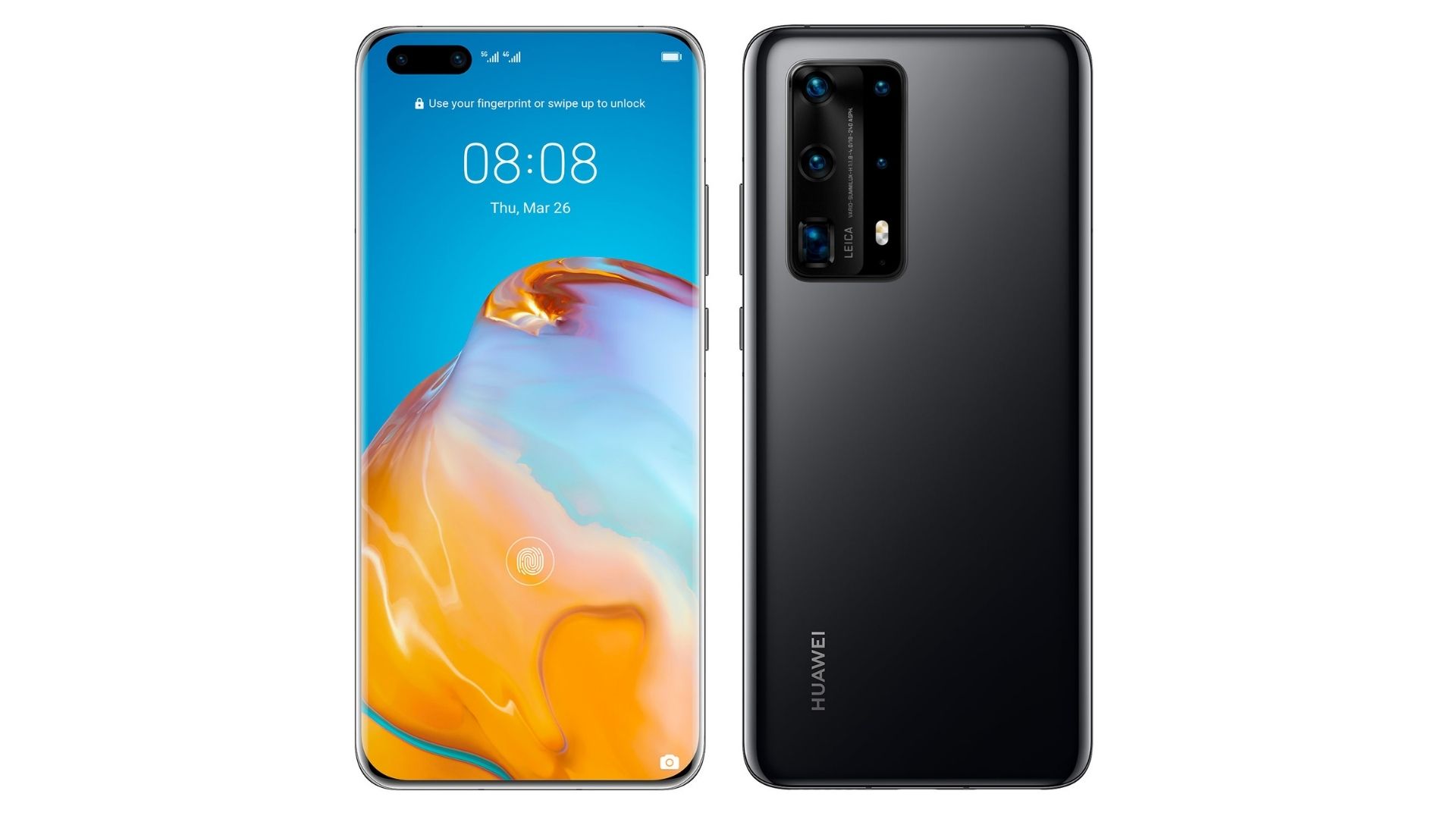
Are you choosing between Huawei’s P40 Pro and P40 Pro Plus? The latter brings 10x optical zoom via a true zoom lens – a first when it was launched in 2020 – which means more detail and editing options than any resolution-killing digital zoom.
However, there’s a lot more to get excited about on this 6.58-in smartphone, that houses no fewer than seven lenses, which includes a 3x optical telephoto, ultra-wide lens and a time-of-flight depth sensor. Its Night Mode boosts dynamic range and sharpness to produce clean, colorful images that most obviously reveal more detail in shadows. It works well on the telephoto lens, too, though less well on the ultra-wide lens.
Unfortunately, there’s an elephant in the room. Huawei smartphones now lack Google Play apps and services, which may make them less desirable.
Best for built-in software
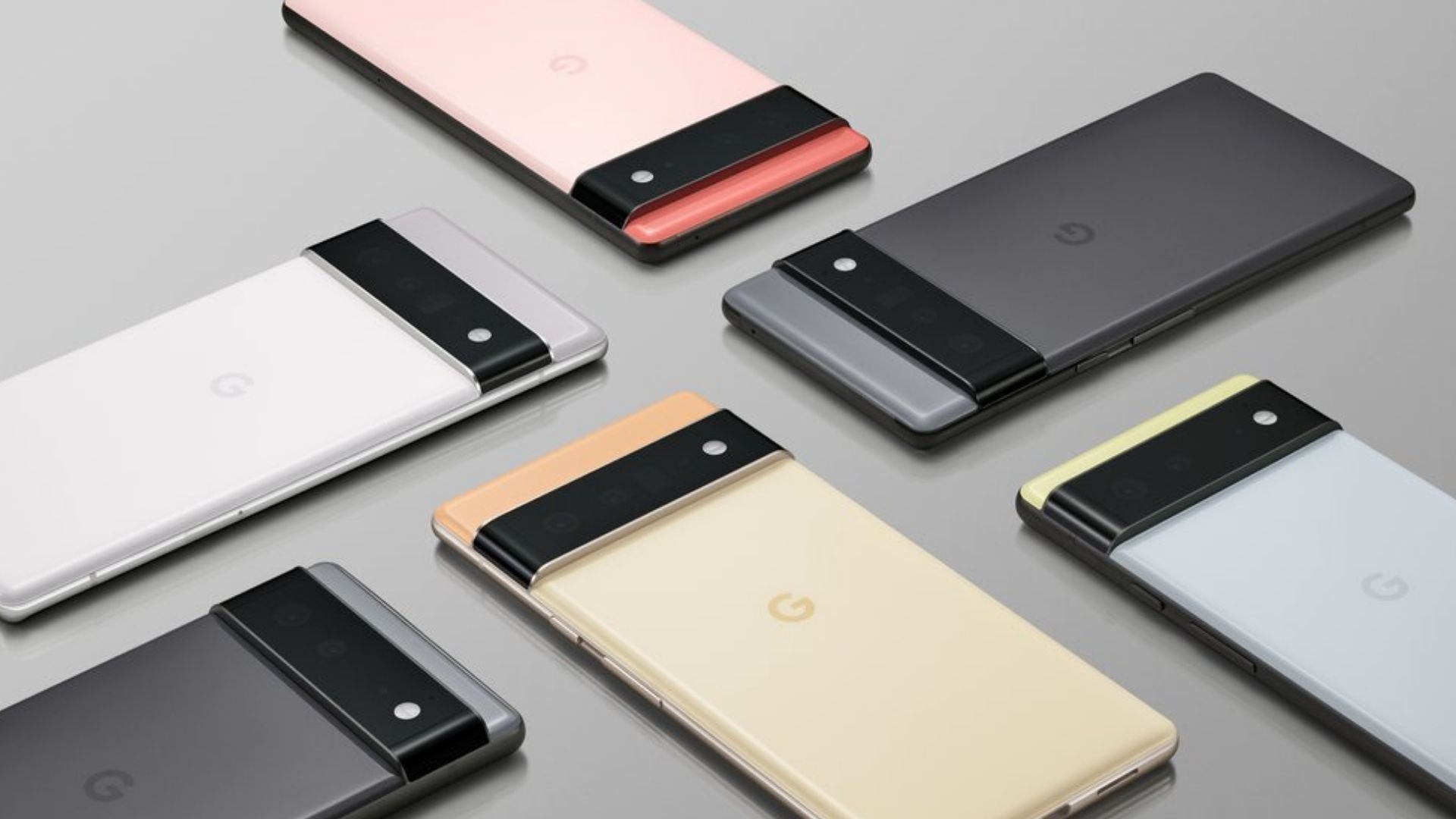
Google’s latest – and best-ever – smartphone is the best around for software and photo editing. Fire-up the camera app and you’ll find all the usual modes, such as portrait, panorama and a low-light mode called Night Sight. But there’s also a new mode called Motion that’s purely for taking creative long exposure shots. The 6.7-in Pixel 6 Pro also comes with advanced new features, including Real Tone (for making skin tones more believable across the board) and Magic Eraser for removing people and objects from photos after-the-fact.
The hardware isn’t bad either, with a 50-megapixel wide lens, a 12-megapixel ultra-wide lens and a 48-megapixel telephoto lens with 4x optical zoom (something missing on the Pixel 6). Add some unusual color choices – yellow and gold, white and gray or black and gray – and the Pixel 6 Pro seems a standout choice for style and substance.
Best for ease of use
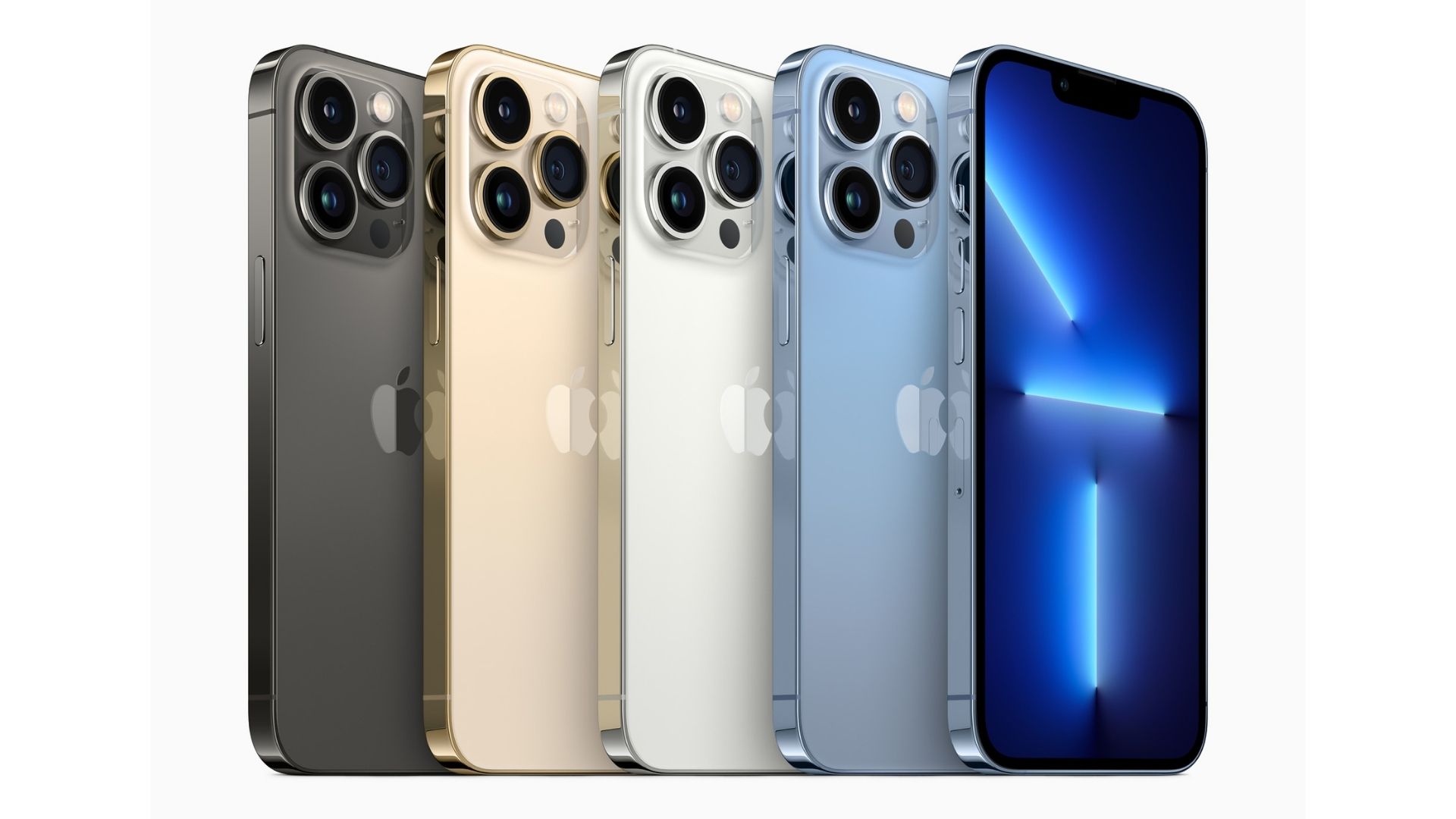
Not much has changed, design-wise, since the iPhone 12 Pro, but there are some alterations that make this handset better for photography. There are also some important differences between the iPhone 13 and the iPhone 13 Pro. Although both measure 6.1-in the latter has a brighter screen, extra battery power and a much better photography suite than the mainstream handset.
Its rear camera array includes wide and ultra-wide lenses with larger apertures, a telephoto lens (something the iPhone 13 lacks) with 3x optical zoom and a LiDAR scanner for faster autofocus and for taking portraits in Night Mode. On the iPhone 13 Pro it’s also possible to take images in professional quality using Apple ProRAW and indulge in ProRes video recording up to 4K/30FPS.
Best for wide-angle photography
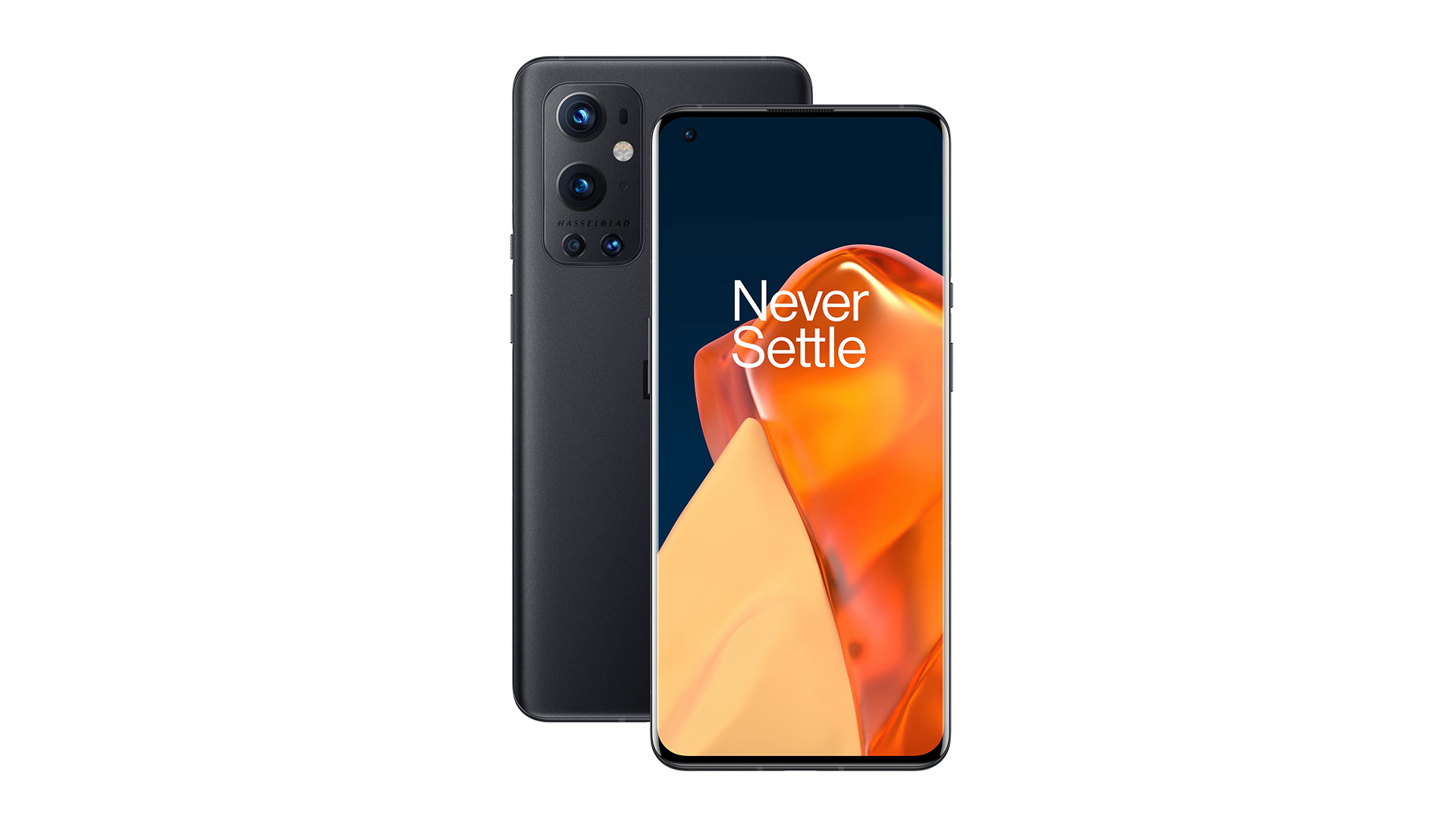
Does the OnePlus 9 Pro live up to its hype? A 6.7-in handset running Android 11, it sports a gorgeous AMOLED QHD+ display that bests most smartphones in terms of color and black levels. It also includes super-fast wireless charging and is able to fully recharge in half an hour using its 65W charger.
Its camera array on the rear is busy, with four lenses and laser autofocus. So why is there a Hasselblad logo back there? The ultra-high-end medium-format camera company has co-developed the 9 Pro’s camera array with OnePlus, with ‘Natural Color Calibration’ the substance of it. Skin tones do look great through its cameras, though the photography highlight is its ultra-wide-angle lens that corrects for edge distortion.
Meanwhile, its main camera records in 12-bit RAW, and videographers will love its ability to record in 4K/120FPS and even in 8K at 30FPS.
Best value Android camera phone
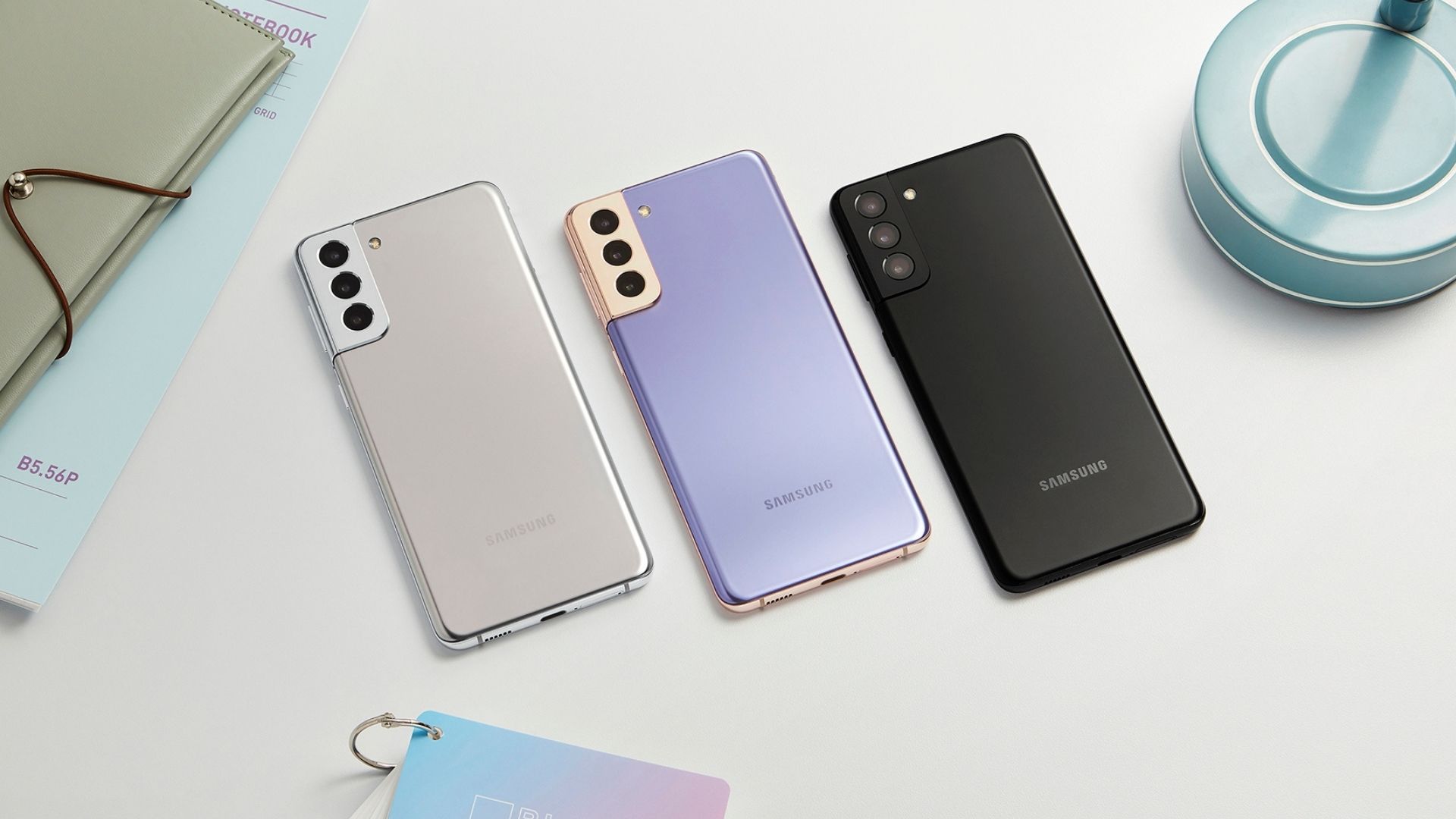
It may not have the mighty 108 megapixel camera and 100x zoom of Samsung’s flagship Galaxy S21 Ultra, but this more affordable version still offers a lot to photographers despite using very similar tech to the older Galaxy S20 Plus.
Housed in a redesigned camera strip on the rear of this 6.7-in handset are 12-megapixel wide and ultra-wide-angle lenses and a 64-megapixel telephoto lens. The latter offers 3x optical zoom and 30x digital. In bright conditions, the Samsung Galaxy S21 Plus takes colorful, vibrant and detailed photos that are equal of most other phones. In low-light, it produces images that are a touch brighter than, say, the iPhone.
However, its Night Mode hugely benefits from using a tripod (or at least balancing it on a wall or similar).
Best value iPhone
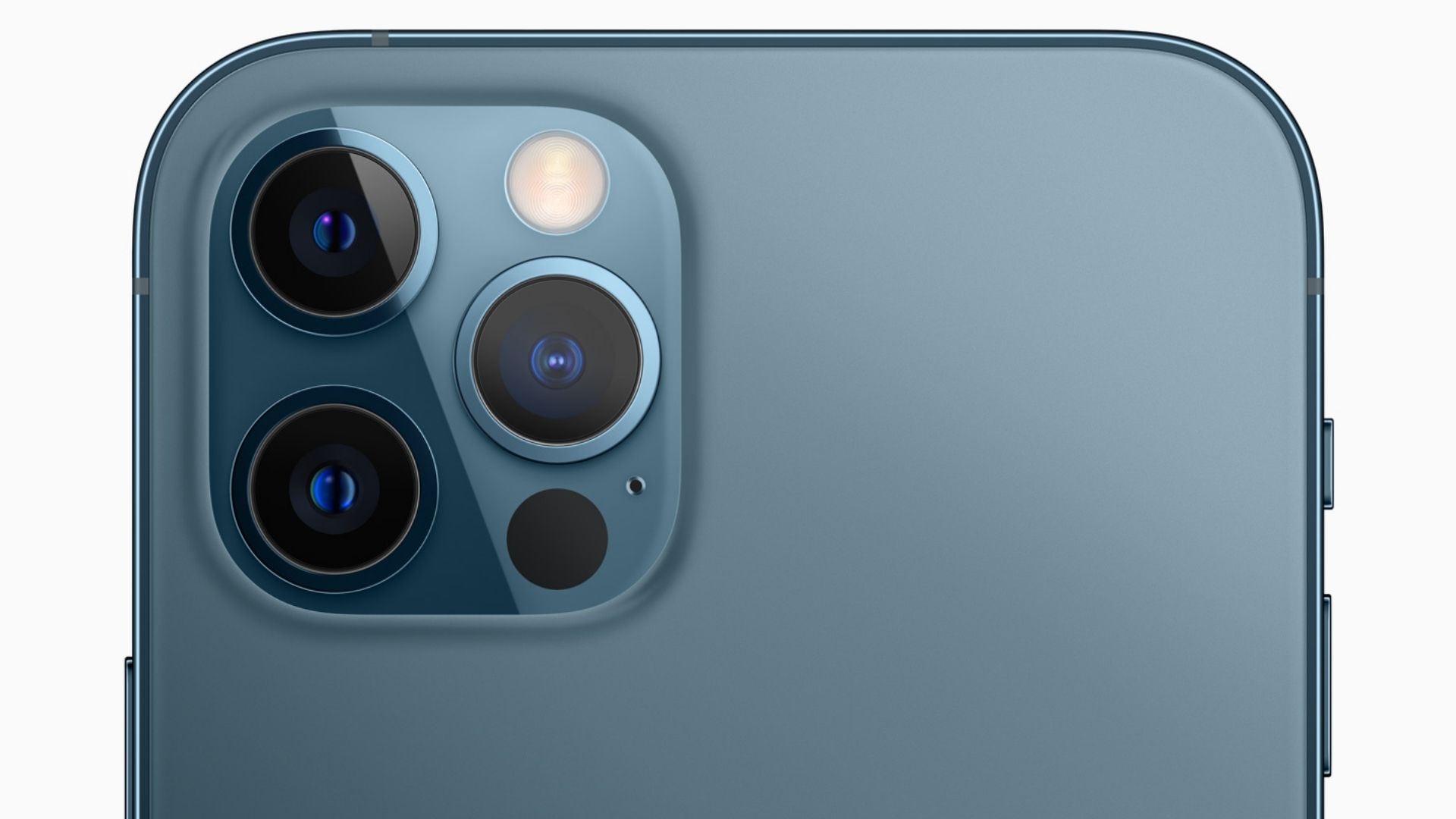
Can this aging iPhone still compete? Actually, yes it can. A 6.01-in smartphone with a triple camera array, it’s got wide, ultra-wide and telephoto lenses – the latter with 2x optical zoom – all of which capture thoroughly respectable 12-megapixel photos. What may be slightly behind the times is its paltry 2x optical zoom. It’s nowhere near the abilities of Samsung (and other) flagship phones to capture distant subjects, but it’s much better for composing portrait shots. Arguably the latter is more useful.
Night Mode, which is possible via the iPhone 12 Pro’s rear lenses, is vastly improved here than on previous iterations. You’ll also get the LiDAR depth-scanning sensor – something that enables fast autofocus in low light – as well as Apple’s ProRAW image format and the ability to record video in 4K 60FPS. What you miss out on compared to the iPhone 13 Pro is the latter’s Apple A15 Bionic chip, slightly faster apertures and bigger sensors, a 3x optical zoom and Cinematic Mode for video recording.

